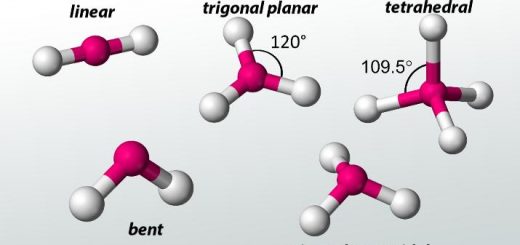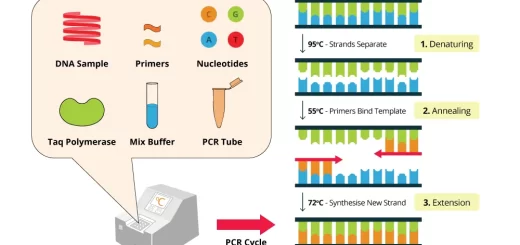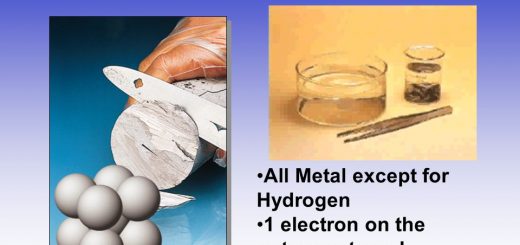Electric potential, Standard hydrogen electrode, Electrochemical series and Measurement of Electrode Potentials
A hydrogen electrode is used as a standard electrode in measuring the electric potential of other electrodes because its potential equals zero, the standard hydrogen potential is not equal to zero in some cases because it changes by changing the hydrogen ions concentration in a solution or by changing the potential pressure value of the hydrogen gas or both.
Measurement of Electrode Potentials
Prepare a Galvanic cell in which one half-cell consists of the electrode whose electric potential is required to be measured, while the other half-cell consists of a standard hydrogen electrode whose electric potential is zero, The voltmeter will read the potential difference between the two electrodes, If the potential difference of the cell is X volt, The potential of the unknown electrode = X volt.
Structure of standard electrode
Standard hydrogen electrode (SHE) consists of a platinum sheet (1 cm²) covered by a layer of black spongy platinum, dipped in a strong acid solution (HCl) at (25° C) of molar concentration (1M) passing by it a flow current of hydrogen gas at a constant pressure of one atmosphere and the potential of this electrode = zero and it takes the symbol Pt + H2 (1 atom) / 2 H+ (1M).
Standard hydrogen electrode is used in measuring of unknown potentials of electrodes in the cells where, the electric potential of hydrogen equals zero because the potential difference between hydrogen and its ions is zero, Condition: Conc. HCl = 1 molar, pressure = 1 atmosphere.
The plate of platinum (1 cm²) tends to absorb H2 gas contact with the solution of HCl, The layer of black spongy platinum which covers the platinum sheet in the standard hydrogen electrode is used to collect the hydrogen gas on it.
The states in which the potential of hydrogen electrode changes from zero:
- The change of Hydrogen ion concentration in a solution.
- The change of pressure of Hydrogen gas.
- The change of temperature from 25° C.
How to measure the potential of Cu and Zn electrodes when the standard potential of hydrogen electrode does not equal zero?
For Zn electrode:
Zn/ Zn+2→ 2H+/ H2 /Pt
The potential difference of the cell = 0.76 volt, then the Electric potential of Zn = 0.76 volt, Oxidation takes place in Zn cell, so, the potential is called oxidation potential, so the oxidation potential of Zn = 0.76 volt.
For Cu electrode:
Pt / H2 /2H+ → Cu+2 / Cu
The potential difference of the cell = 0.34 volt, then the Electric potential of Cu = 0.34 volt, Reduction takes place in Cu cell, so, the potential is called reduction potential, so, The reduction potential of Cu = 0.34 volt.
So, the Oxidation potential of Zn = 0.76 volt and the reduction potential of Cu = 0.34 volt, The oxidation potential of Zn > oxidation potential of Cu, If we prepare a Galvanic cell from Cu and Zn electrodes, oxidation takes place at Zn electrode, while the reduction takes place at Cu electrode, The potential difference for the cell is known as electromotive force (E.M.F).
E.M.F. = Oxidation potential anode + reduction potential cathode = 0.76 + 0.34 = 1.1 volt
The value of oxidation potential of any electrode is equal to negative the value of reduction potential of the same electrode, E.M.F. of a cell is given the symbol E, if this potential is standard, It is measured by using standard hydrogen electrode, in this case, the potential is given the symbol Eº.
Electrochemical series
Electromotive series is the arrangement of elements in descending order according to their oxidation potential to the standard hydrogen electrode or it is the arrangement of elements in ascending order according to their reduction potential with respect to the standard hydrogen electrode
The electromotive force (emf) = Oxidation potential anode + reduction potential cathode
The electromotive force (emf) = Oxidation potential anode − Oxidation potential cathode
The electromotive force (emf) = reduction potential cathode − reduction potential anode
The standard hydrogen potential = zero, For the same element, The value of oxidation potential= − reduction potential, If the (emf) of the cell is:
- Positive: it means that it is a galvanic cell, its reaction is a spontaneous and produces electric current (discharge reaction).
- Negative: it means that it is an electrolytic cell, its reaction is a non-spontaneous and doesn’t produce electric current (charge reaction).
Elements at the top of the series have positive oxidation potential values and negative reduction potential values, They are considered as a strong reducing agent, Elements at the bottom of the series have negative oxidation potential values and positive reduction potential values, They are considered as a strong oxidizing agent.
On comparing the values of oxidation potential, the higher oxidation potential is the anode, while the lower oxidation potential is the cathode, It is possible to obtain electric energy from the galvanic cell, where oxidation takes place at Zn electrode and reduction takes place at Cu electrode, where the oxidation potential of Zn is 0.76 volt and the reduction potential of Cu = 0.34 volt.
It is impossible to obtain electric energy from galvanic cell, where oxidation takes place at Cu electrode and reduction takes place at Zn electrode, where the oxidation potential of Cu is − 0.34 volt and the reduction potential of Zn = − 0.76 volt, E.M.F. = (− 0.34) + (− 0.76) = − 1.1 volt (negative values).
The strong reducing agent is the element which has the highest oxidation potential, The strong oxidizing agent is the element which has the highest reduction potential, As the oxidation potential of the atom or the ion increases, its ability to be oxidized increases, The more active element (higher oxidation potential) replaces the less active from the solution of its salt.
2 Na + H2O → 2 NaOH + H2
The elements which lie at the top of the electromotive series are considered as strong reducing agents because they have high oxidation potential, so, they are easy to be oxidized, The strong oxidizing agents are located at the bottom of the electromotive series because they are reduced easily due to their high reduction potential.
Copper doesn’t replace zinc in its salt solutions because the oxidation potential of copper is less than the oxidation potential of zinc, Copper doesn’t replace hydrogen of water or diluted acids, while sodium can replace hydrogen of acids and water because the oxidation potential of copper is less than that of hydrogen, while the oxidation potential of sodium is higher than that of hydrogen.
Both of magnesium and iron replace hydrogen of water or diluted acids, while sodium can replace hydrogen of acids and water because the oxidation potential of both of them is higher than that of hydrogen, while the oxidation potential of magnesium is higher than the oxidation potential of iron.
Electrochemistry, Electrochemical cells, Galvanic Cell or Voltaic Cell importance & structure
Galvanic cells, Primary cells (Mercury cell & Fuel cell) and the production of electric energy



